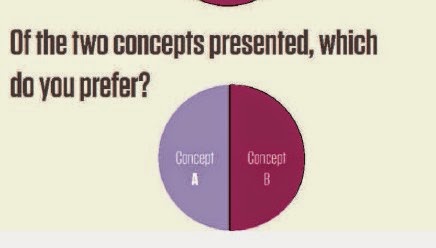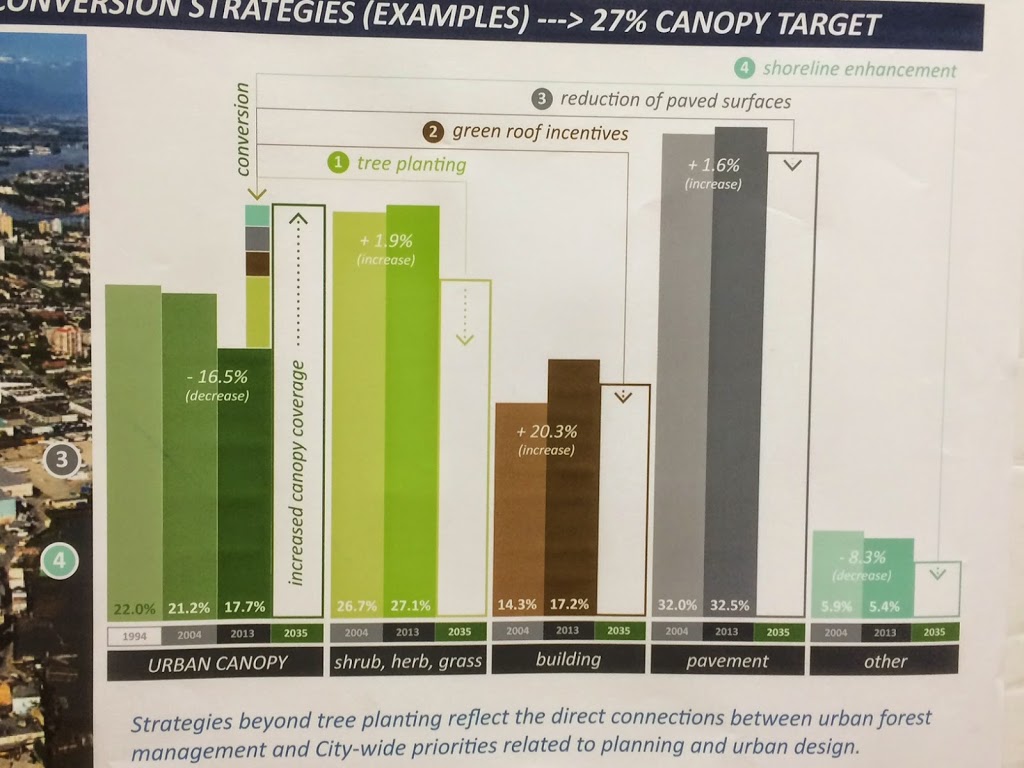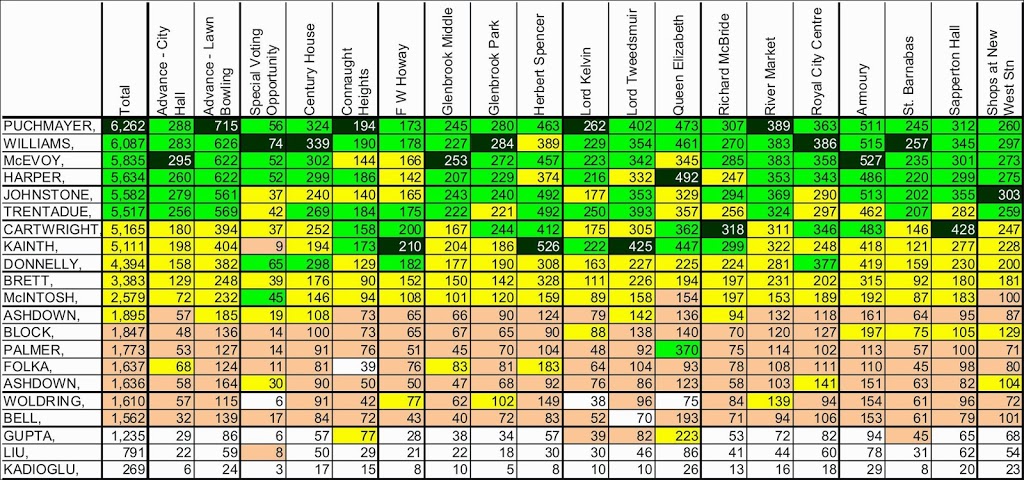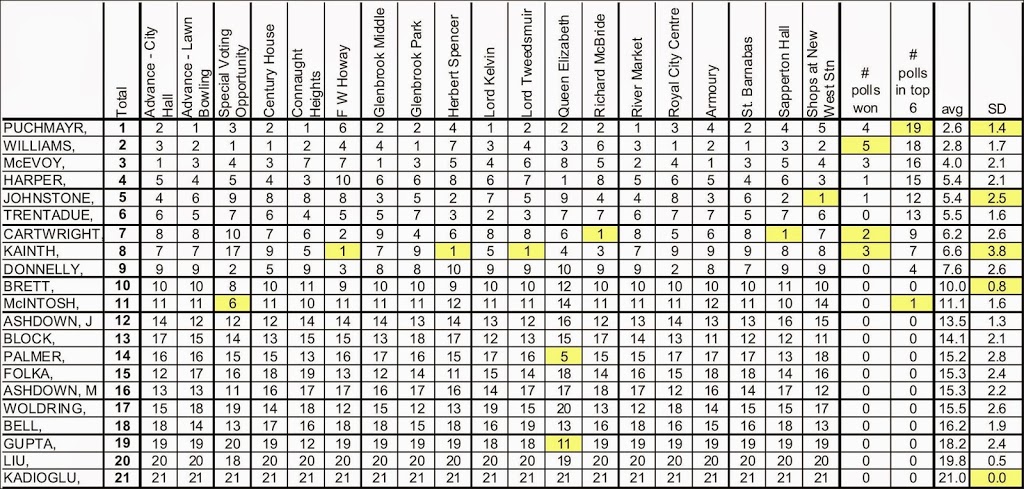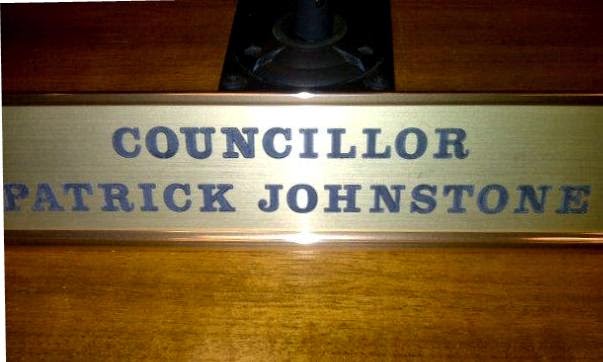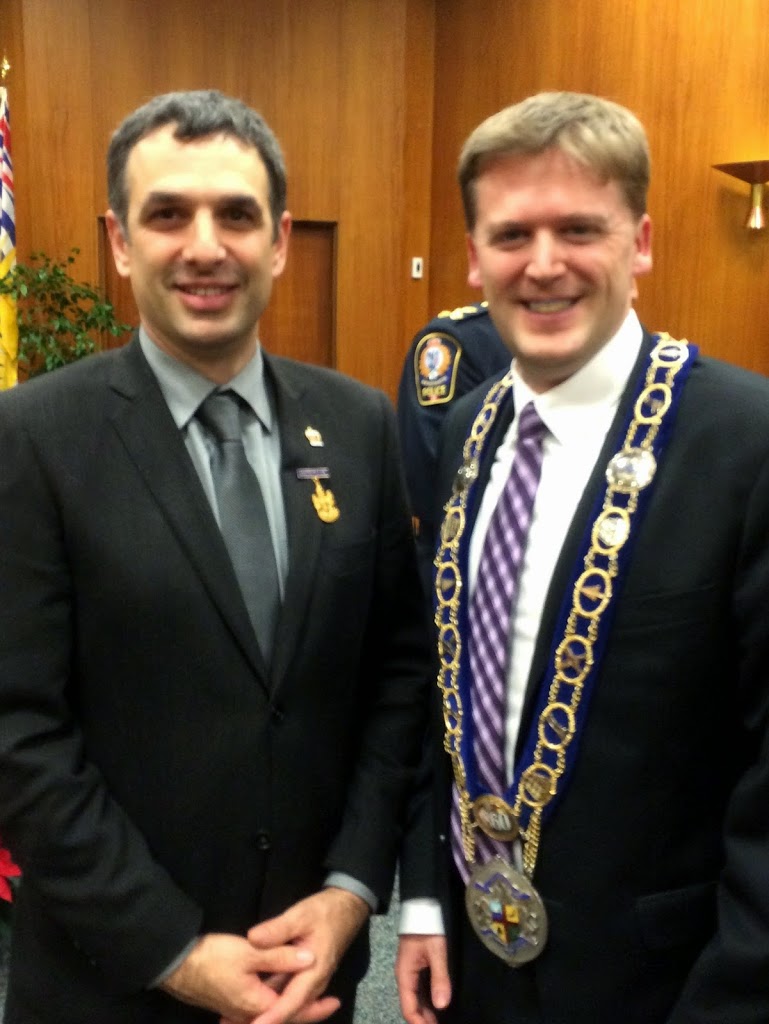The fourth official Council meeting of the term occurred on January 19th. I am starting to get the hang of this, but you may want to follow along on video, where you can see the Presentations and Open Delegations that I am not going to cover here. The rest of the meeting starts with recommendations from the Committee of the Whole from the afternoon, which started with us reviewing the various committee recommendations for Grant funding for 2015:
Remembrance Day Committee
We made an adjustment to the volunteer Committee that organizes New Westminster’s annual Remembrance Day ceremonies at the New Westminster Regiment and Cenotaph in front of City Hall, and appointed the volunteers.
Heritage Grant Program
The City has an established Heritage Grant program, where the City provides funds to programs that encourage heritage protection, and raise knowledge about the heritage of the City. Applications are reviewed by a Committee of citizen volunteers, and that committee sends recommendations to Council for approval. The budget for this program is $25,000, and $25,762 in requests were made in 2015.
Council accepted the recommendations of the committee and awarded $25,000 in grants, divided between 6 applicant organizations.
Amateur Sports Grant Program
The City further grants Amateur Sport programs across the City. The funding model here is a little more complicated than the others, as different sports programs have funding needs, availability, and resources. Clearly, this grant program is only a small portion of the operating costs of these programs, but the City nonetheless allocated $35,000 a year to the various programs. Unlike other grant programs, this money comes from earned interest on two established Legacy Funds
More than $60,000 in grant requests were reviewed by the volunteer committee, and they recommended $34,000 in grants to 9 sports programs across the City.
Port Royal Land Exchange
The proposed exchange of 700 square metres of land between the City and the Developer at Phase 6 of Port Royal was discussed in the January 12 Council meeting. Public notice was done, and the City received no feedback from the public. The land shall be exchanged.
Child Care Grant Program
The City also has a Child Care Grant program , where the City provides funds to make capital improvements to the City’s stock day care programs, to help keep them accessible, affordable, and well equipped. The program offers up to 8 grants per year, to a maximum of $5000 each (for a total of $40,000), and a committee of citizen volunteers make recommendations to Council on how these grants should be awarded.
Nine requests totaling $49,794 were received, and the committee recommended 8 of them for award. The 9th was the LMPS, who received significant funding this year from the Child Care Amenity Provision Capital Reserve Fund (approved by Council on January 12). A total of $37,824 was awarded across these 8 applicants.
Environmental Grant Program
The City has an Environment Grant program , to provide funding to programs that provide environmental benefits to the City, or promote environmental awareness in the City. The program offers up to $20,000 per year, and a subcommittee of the Environmental Advisory committee provides recommendations to Council.
I recused myself from this discussion. I am a long-standing and very active member of the NWEP, who are applicants in the program. Although I did not take part in the application process, am frankly way to busy this year to help the NWEP with their programs, and have no direct fiduciary interest in their success, I have spent much of the last decade being at times a central organizer, spokesperson, and president of the NWEP, so there is a potential for perception of conflict here, so I let my Council colleagues discuss this without my participation.
Community Grant Program
The City’s Community Grant Program across the City. These grants are meant to support “community-based projects for new and developing organizations, established organizations that work on a project bases, and organizations undertaking a special, one-time initiative.”
The fund for this grant is $48,000, and this volunteer committee had to review 27 applications with requests totaling more than $250,000. A tough job for the committee, as you know some great potential programs are just not going to get the grant they need, but I think they did a great job going through the various applications, and recommending 17 programs for funding totaling $46,815. With a bit of room left in the budget, Councillor Harper moved that we increase Royal City Volunteers’ grant to the amount they received last year, bringing the total off all Community Grants up to $47,565 (which is still under budget).
City Partnership Grants
This is the largest grant fund in the City, and is designed to help not-for-profits partner with the City in the delivery of major programs for community well-being. These grants can be awarded over three-year terms, to provide more funding certainty to the organizations for the larger programs. Applications this year added up to $513,500, and the Partnership Grant Review Panel recommended the awarding of grants to 11 organizations for a total of $348,425.
It was decided by Council that the $15,000 that the City provides towards the Hyack Association float to promote New Westminster at community events is better drawn from the Festivals Grant funds, and that the arts Council grant could be increased by $3,000 within the remaining budget.
The Tourism New Westminster grant caused the most discussion in Committee of the Whole. The grant request of $100,000 for the next three years was not recommended, but that the current funding level of $60,000 per year be maintained. Council recognized the importance of Tourism New Westminster’s work, and recognized they had some increased one-time costs related to their move to the Anvil Centre. However, the long-standing plan to have tourism funded in whole by a 2% Hotel Tax (more properly termed the Municipal and Regional District Tax, which is permitted in the Provincial Sales Tax Act and is done in several other municipalities) has not moved forward, and ultimately, that is the best vehicle to fund this type of activity. There is every reason to believe that a Hotel Tax can be in place by the end of Tourism New Westminster’s next fiscal year, so Council decided to fund Tourism for the requested $100,000 this year, and $60,000 for each of the next two funding years, unless the hotel tax is implemented (which should actually bring in a little more than $60,000 for Tourism every year). These changes brought the total of all grants up to $376,425.
Arts and Culture Grants
The City’s Arts and Culture Grants provide for programs that “contribute to the artistic fabric of the City”. And much like the Community Grants, there are so many applicants for so many deserving programs, that the Volunteer committee has a tough task evaluating them all. There were 18 applications totaling almost $70,000. With a budget of $20,000, the committee recommended funding 14 programs (most for less money than they requested). Councillor Williams recommended a shift of $500 between organizations, which Council agreed to (although we had a bit of math trouble at the final meeting, we got it figured out by the end of the meeting).
Warning! Personal Opinion Ahead! The City of New Westminster is extremely generous in the awarding of grants, and it is to the benefit of the entire community. With more than $700,000 in grants awarded every year, New Westminster puts more into Arts, Culture, Sports, Social Services, and Festivals on a per-capita basis than pretty much any other City in the Lower Mainland. Yep, those are your tax dollars being spent. However, what is more worth celebrating are the hundreds of volunteers and scores of not-for-profit agencies that turn these grant contributions (your tax dollars) into actual programs, services, and events. A small city like New Westminster could easily become a cultural backwater being surrounded by much larger Cities (with much larger tax bases) if it wasn’t for the contributions of all of these groups. Asking the taxpayers to contribute something like $10 each for the wide diversity of services we get from these grant partners seems like a good investment to me.
Funding Cuts to Housing Support Programs
After all that feel-good stuff grant-giving stuff, we looked at a report from the City’s Social Planning staff on senior government supports for homelessness. This follows up on the correspondence from the January 12th Council meeting regarding changes in how the Federal Government is prioritizing its Homelessness partnership programs as part of the Economic Action Plan. This is one of those situations where something that kinda looks good at first might be a hidden negative.
New Westminster has a pretty good record on the homelessness file, partnering with Housing BC to develop shelter beds, and working with a bunch of service agencies to provide supports to keep people from becoming homeless. The City (and this is all before me, so I’m not polishing my own apple) has a lot to be proud of for how it manages this file.
The Federal program is targeted at the chronically homeless, which means programs that provide shelter for people who have been without a home for several months will be prioritized over programs that prevent marginalized people from becoming homeless in the first place. New Westminster has a number of the latter-type programs, and they are all suffering funding crises. It only makes sense that taking money away from homelessness prevention programs to fund programs to deal with homelessness is myopic.
Council moved that City send correspondence to senior government recommendations to review how these program funding decisions are made. This is the start of a longer conversation.
Proposed Rezoning of 328 Holmes Street.
This is a typical infill density application on Holmes Street. The lot has a 66ft frontage, and the owner wants to subdivide to two 33’ lots so that two houses can replace one. The existing house is not considered a heritage structure, and 33’ lots are not common in the neighbourhood, but something around 16% of the lots are at least this narrow. This is the very beginning of the rezoning application process (there would be an Advisory Planning Commission report, Public Consultation, Residents Association review, then back to Council) so I shouldn’t comment at this preliminary stage on the merits of the application.
However, in the report that went to Committee of the Whole, staff recommended that Council not approve the launching of the application process in light of the pending OCP update. The thinking is that the OCP may determine that the type of infill density proposed may not be appropriate in the neighbourhood in question.
I disagreed with this recommendation to pause, as the OCP process is only starting up, and delaying this process until the OCP is developed, while not delaying other processes, seems arbitrary. I understand what Staff is hoping to do by pausing this application – they don’t want to make a change here that might not fit the goals of our new OCP – but to be fair to all homeowners, we need to either impose a moratorium, or allow these processes to proceed. This position was supported by most of Council, so that process will proceed.
Metro Vancouver Transportation and Referendum
This action plan outlines the actions the City will take to make sure people in New Westminster get the opportunity to vote on the upcoming plebiscite, and the action the City will take to demonstrate the value of voting “Yes”.
The reasoning for New Westminster, as a City, supporting the Yes side has been discussed at length, but let me summarize quickly here in one sentence. The Mayors’ Plan, when implemented, with save New Westminster money, improve livability for New Westminster residents, will help New Westminster meet its established transportation goals, and will allow New Westminster to continue to work in partnerships with its regional neighbours to meet regional transportation goals.
LMLGA Recommendation
It isn’t well spelled out in the recommendation, but this is related to the Bailey Bridge arbitration. We aren’t happy that we lost the arbitration, but the insult to injury is that the arbitration process that took place did not provide the City any reasoning. It is easy to be a sore loser, but in an era where everyone is asking for more open and accountable government processes, a secret arbitration with no reporting out seems archaic. The Mayor suggested we take a recommendation to the Lower Mainland Local Government Association meeting, as a pathway towards eventually having this legislation changed.
And that’s it. Although we had a special meeting earlier in the day, where Council learned about becoming a Dementia-friendly City, which was educational and inspirational, and has me thinking about how we can take what we learned to the City’s Access Ability Committee.
